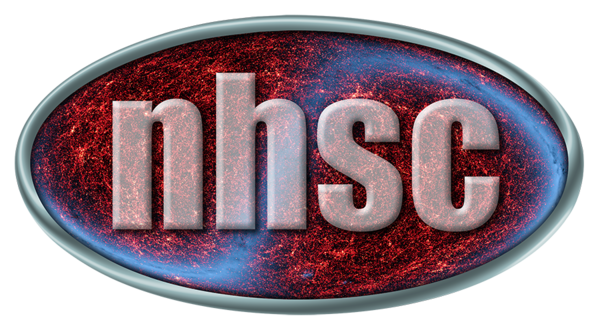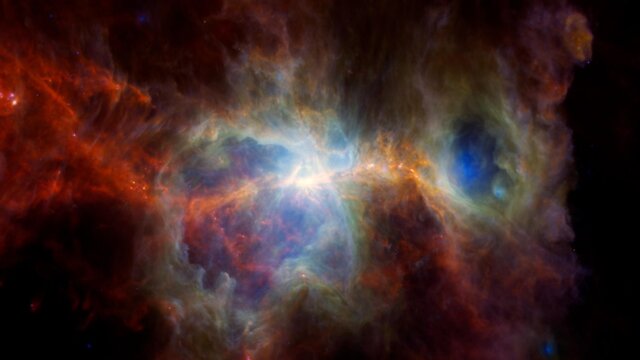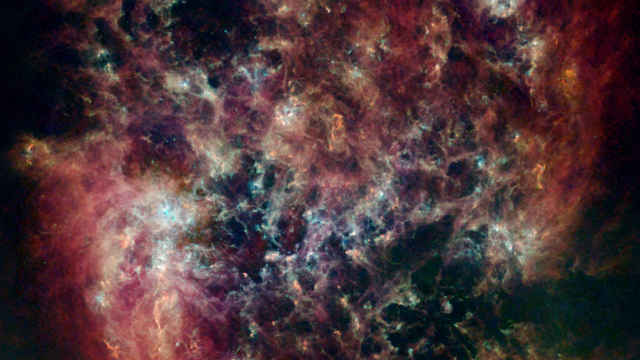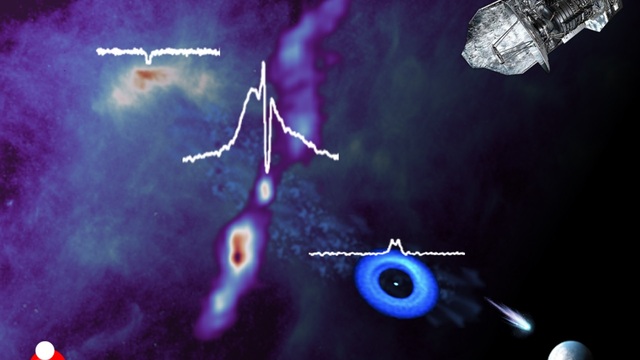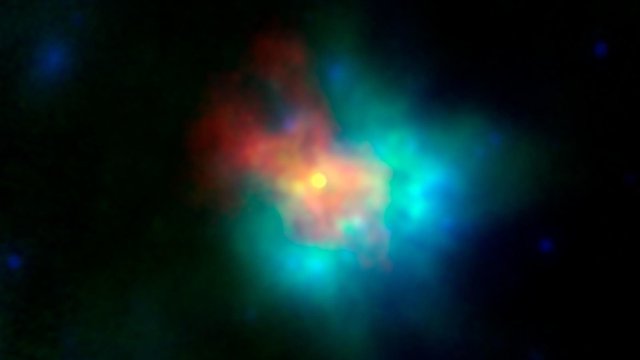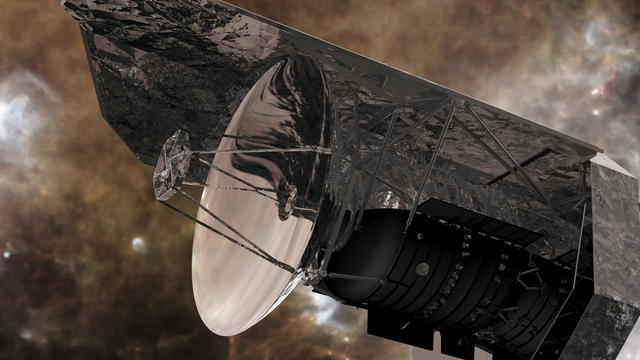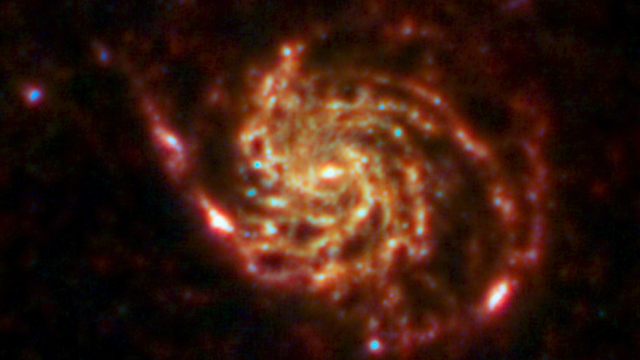Overview: The Herschel Space Observatory was a Cornerstone mission for the European Space Agency. The 3.5 m telescope was launched in 2009 with three instruments sensitive to radiation at far infrared and sub-millimeter wavelengths allowing Herschel to explore the cold and dusty Universe. Herschel remained operational until 2013 exploring the formation and evolution of the first galaxies, clouds of gas and dust where new stars are being born, disks out of which planets may form and cometary atmospheres packed with complex organic molecules. Named after Sir William Herschel, the discoverer of the infrared spectrum and planet Uranus, and his sister and collaborator Caroline Herschel, the observatory had the largest infrared telescope sent to space at the time of its launch.
NASA is a partner in the Herschel mission, with US participants providing mission-enabling instrument technology and sponsoring the NASA Herschel Science Center (NHSC) at IPAC. The NHSC was established to provide the US astronomical community with science and observational support. The NHSC also provided help to observers and archival users in the post-flight and archival phases of the mission.
Herschel data are available via IRSA.
For a recap of Herschel, see this article from the end of mission.


